Blog
Explore the latest in SaaS security, identity trends, expert insights, and Savvy’s solutions for tackling identity and visibility risks.
Sign up for our newsletter

As we see evidence of time and again, threat actors don’t always hack—sometimes they simply log in. The PowerSchool breach is the latest example of how credential-based attacks are surging, putting organizations of every type at greater risk. A single weak password, an unmonitored app, or a misconfigured access policy can become the entry point […]

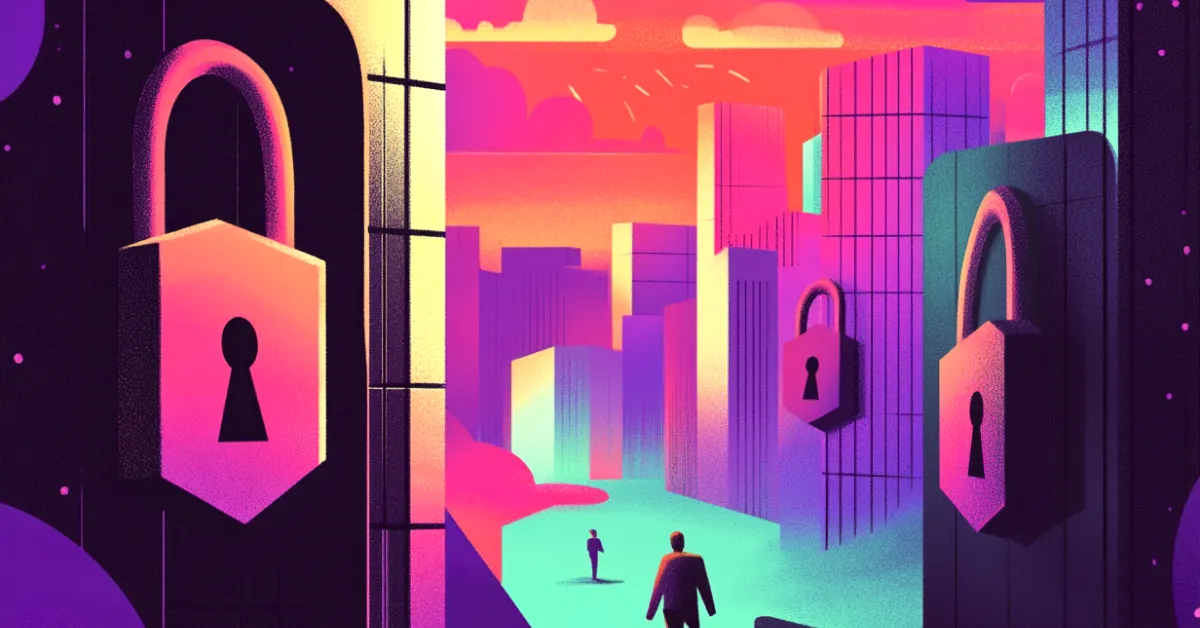
Blog
September 3rd, 2024
Explore how 2024’s vast cybersecurity breaches across sectors highlight the need for stringent identity and access security measures.

Blog
August 29th, 2024
Many IT organizations’ mantras are innovation and agility, especially when using SaaS apps. They move so fast that security is often an afterthought, lurking in the back of their heads as something they should ensure is managed later. Later never comes. There are constant demands for more growth and expansion, and the best intentions get left by the wayside.
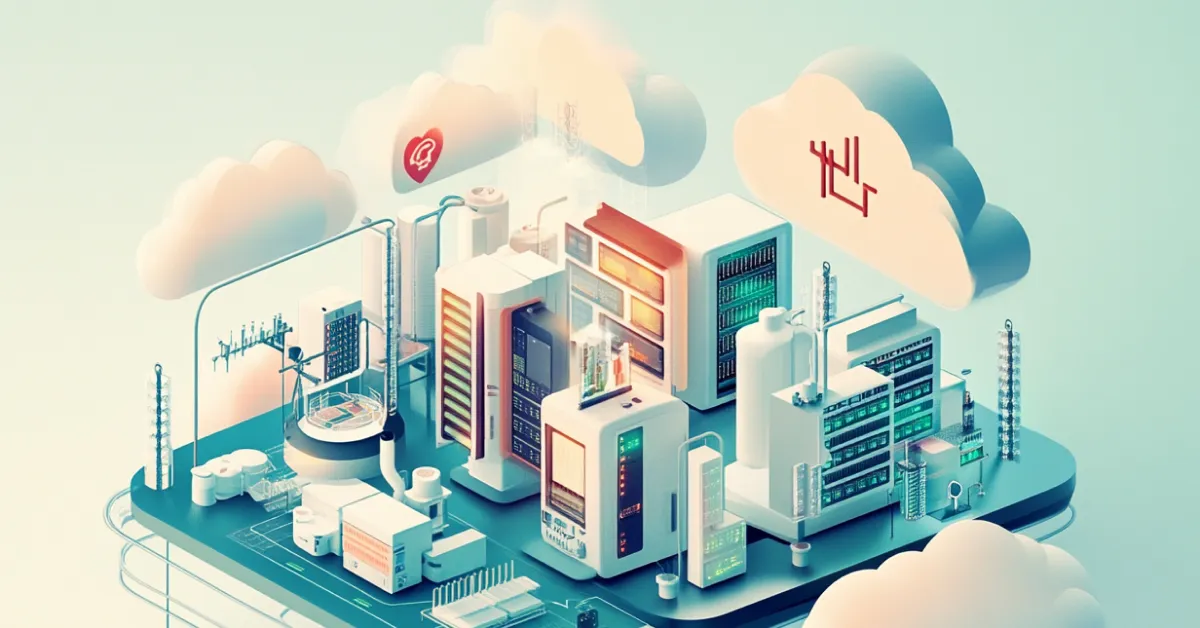
Blog
August 21st, 2024
Healthcare technology today is a maze of digital platforms and apps, all intertwined to deliver patient data to those who need it in time to provide the best care possible. Safeguarding sensitive patient information has never been more critical in this complex environment. The growing complexity of healthcare systems has made Identity and Access Management (IAM) more essential than ever, serving as a vital component of your cybersecurity strategy to protect patient data, build trust, and maintain compliance.

Blog
August 6th, 2024
In today’s fast-paced digital world, businesses rely on Software as a Service (SaaS) more than ever to drive productivity and innovation. While these apps offer flexibility and scalability, they also introduce new identity security challenges. Traditional identity and access management (IAM) systems and processes struggle to keep up with the rapid pace of decentralized SaaS adoption, leading to visibility gaps and security vulnerabilities.

Blog
July 31st, 2024
SaaS apps are rapidly reshaping the way business is done. Now integrated into all aspects of daily life, users are constantly seeking ways to enhance productivity. This increasingly means adopting new apps whenever needed and forgoing the traditional IT onboarding processes. This democratization of IT is great for users but introduces a massive new governance burden to already overworked security and identity and access management (IAM) teams.

Blog
July 16th, 2024
SaaS apps have become indispensable tools for productivity and innovation. They are easy to implement, allowing teams to rapidly leverage their functionality without the need for long and complex setups with large infrastructure investments. These benefits have led to a rapid adoption of SaaS tools, with most organizations having 254 SaaS apps and enterprises averaging 364 apps.
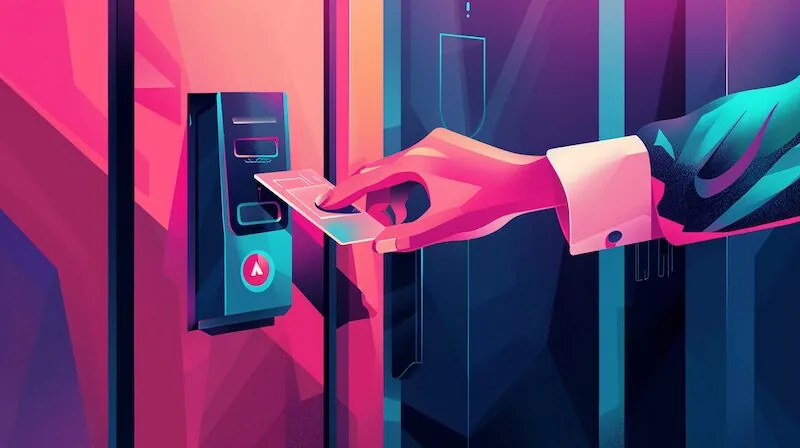
Blog
July 9th, 2024
SaaS solutions are at the heart of streamlining operations, enhancing productivity, and driving innovation. However, most organizations have hundreds of these apps, each with a different authentication process and a new set of credentials for users to memorize, leading many to adopt dangerous practices. To address this, many companies find comfort in the security of their Single Sign-On (SSO) solutions, believing they provide a protective blanket over all their SaaS tools.
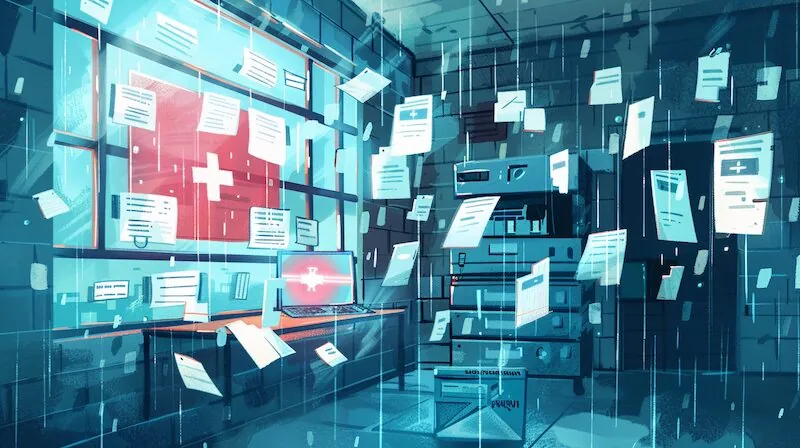
Blog
June 28th, 2024
The recent data breach at Geisinger, a major healthcare provider, underscores the critical risks associated with delayed employee offboarding and unauthorized access. This breach, involving a former employee of Microsoft-owned Nuance Communications, highlights common gaps in identity governance and access administration (IGA) that healthcare organizations should address to protect patient data and maintain trust.

Blog
June 18th, 2024
As organizations look to streamline operations and reduce costs, many turn to SaaS (software as a service) apps to provide the needed services without investing heavily in infrastructure. While these solutions are easy to set up and use, many organizations overlook critical steps in securing them using the same diligence they do with other apps. This can lead to what is know in SaaS as, “toxic combinations” that occur when minor identity-related risks combine to create an unacceptable level of risk. This involves scenarios such as an employee reusing the same weak password across multiple critical apps combined with the absence of multi-factor authentication (MFA). It creates the perfect situation for attackers to exploit these security missteps to gain access and escalate their privileges within the system

Blog
June 10th, 2024
On June 2nd, Snowflake, one of the most popular data warehouse Software-as-a-Service (SaaS), used by almost ten thousand customers, including AT&T, CapitalOne, Mastercard, and NBC Universal, announced a possible breach via a joint statement with cybersecurity experts CrowdStrike and Mandiant. In this statement, Snowflake discussed the ongoing investigation into a targeted attack campaign against Snowflake and its customers’ accounts that may turn out to be one of the largest data breaches in history.

Blog
June 6th, 2024
Artificial Intelligence (AI) has long been discussed as a theory to bolster cybersecurity, and it is now rapidly starting to play an important role. It takes boring and mundane tasks off the plate of analysts, automating them to enhance efficiency. It parses mass volumes of data to predict potential threats, allowing teams to better prepare. Discussions about its impact are becoming increasingly common in security circles. According to industry reports, the adoption of AI in cybersecurity is growing at an unprecedented rate, 57% of organizations having concrete plans to integrate AI into their defense structure.
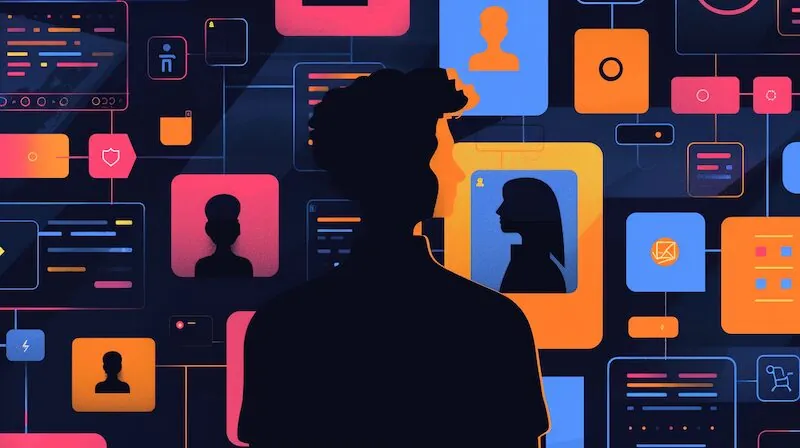
Blog
May 28th, 2024
Companies constantly fear the l33t hacker who will bypass all of their security systems with the click of a key. However, the critical but often overlooked truth is that “Hackers don’t hack. Hackers login” is the modern hacker’s approach to breaching security systems. It’s not that hackers can’t create a novel exploit or are lazy; they are simply efficient. Instead of devising complex attacks, hackers can often achieve their goals by stealing passwords and logging in just like legitimate users. This method is significantly easier and faster than trying to penetrate well-fortified defenses.
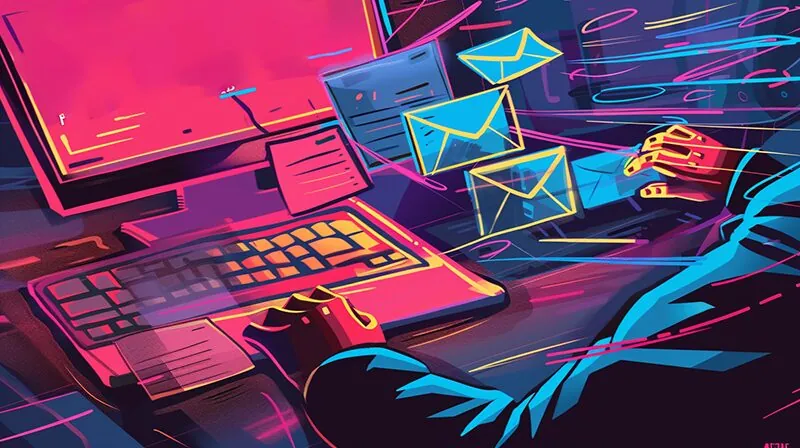
Blog
May 21st, 2024
Serial clickers are becoming one of organizations’ most significant security threats today. These unsuspecting individuals inadvertently fall victim to phishing attacks, posing substantial risks to their organizations’ security and well-being. In this blog, we will explore the dangers serial clickers pose, their impact on organizations, and proactive strategies to mitigate these risks.
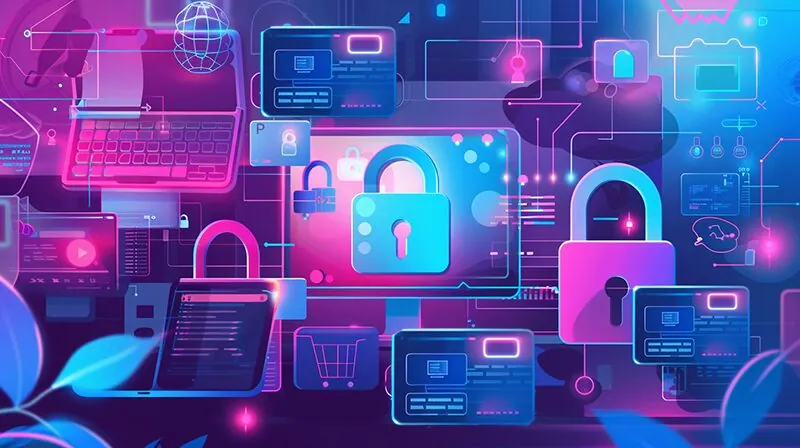
Blog
May 14th, 2024
Organizations are concerned about SaaS proliferation and the numerous untracked and unmanaged applications under their IT umbrella. However, this is not the whole security picture, as they already manage, on average, between 300 and 400 sanctioned applications. These applications are generally approved and integrated into the company’s technological framework with the belief that they are fully secured by existing security protocols. They don’t see the underlying problems based on the sensitive data stored in these applications and the complexities of their configurations and integrations.
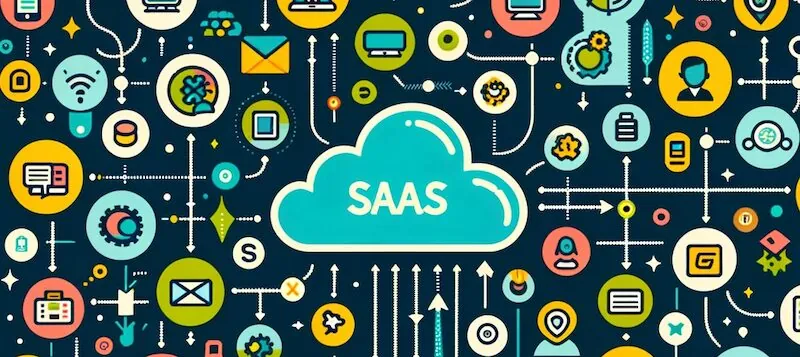
Blog
May 7th, 2024
SaaS (software as a service) has become a central part of organizations, with 99% of companies running some SaaS applications. It handles everything from email to accounting to collaboration. Yet, many organizations struggle to understand exactly what applications are a part of their organization. They have no information about who is using them and what sensitive data they contain. This lack of visibility and control exposes organizations to numerous risks, including potential compliance violations, security breaches, and misuse of corporate data.